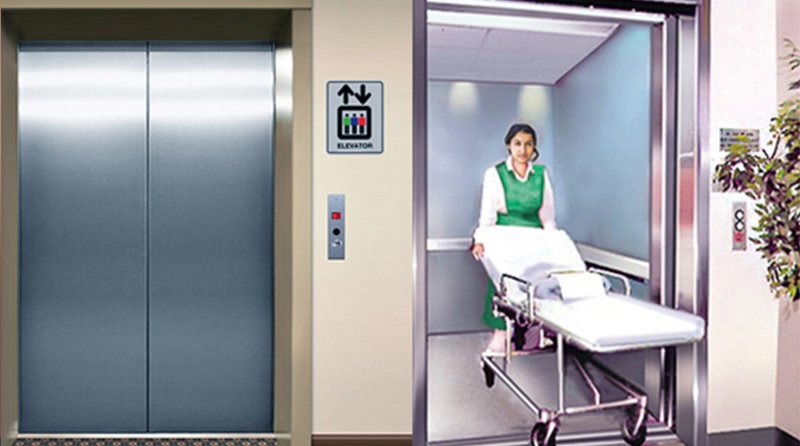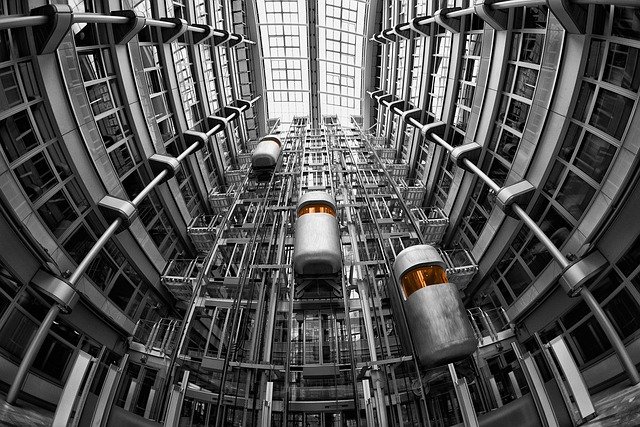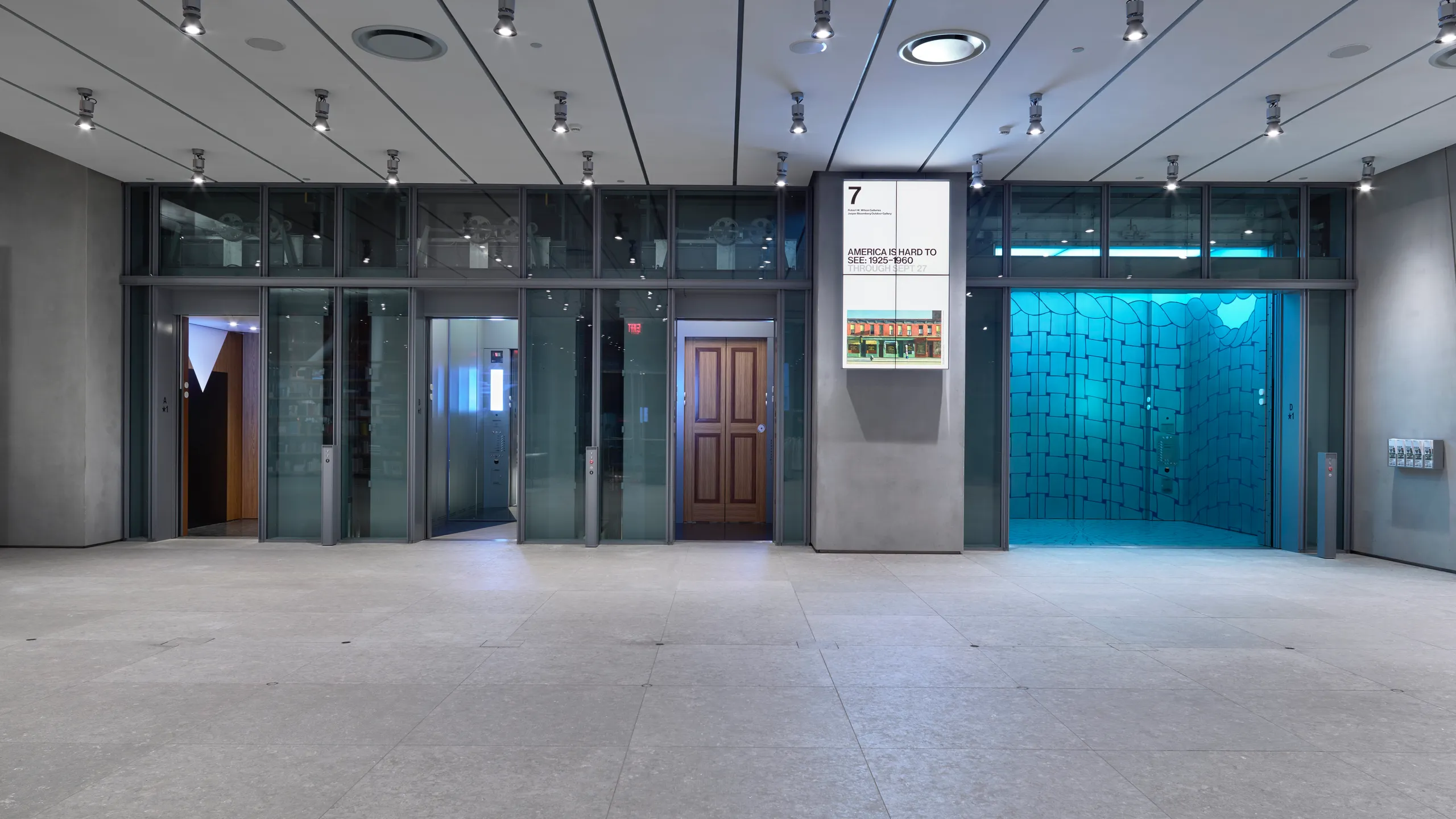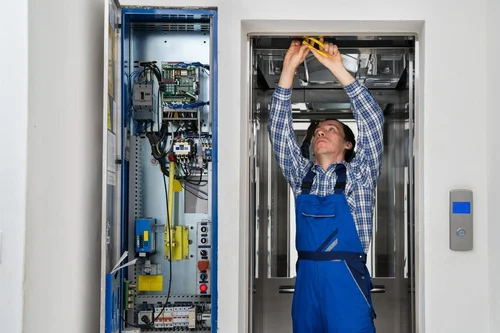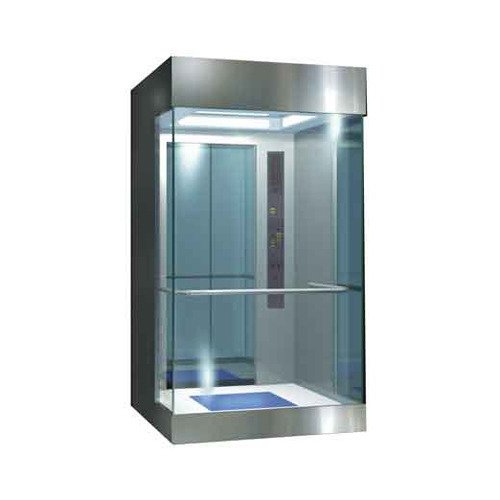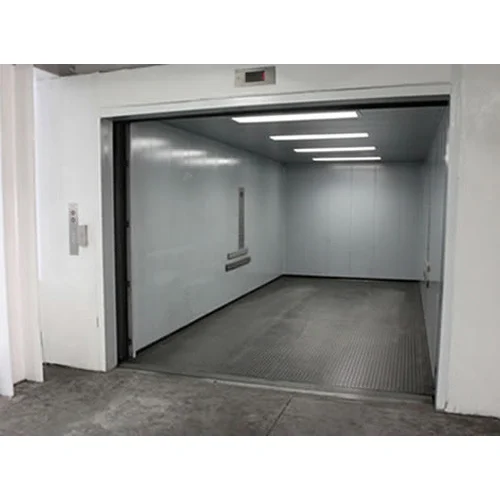Researching Local best lift Manufacturer
First things first, finding the right home lift for your place requires much research into local best lift manufacturers near me. Trust me, I know the significance of taking this step. What's to be known is that elevators don't just serve as an additive function to a building; they're an investment into safety and efficiency and overall convenience.
I encourage you at this point to really scrutinize each manufacturer's reputation. Look for companies with a history of excellence; those that can boast of unbroken chains of excellence in top-quality products and services rendered. Reading through their portfolio also gives interesting information about the different types of elevators they specialize in and the projects undertaken.
Reading Reviews and Testimonials
There's nothing quite like reading reviews and testimonials regarding finding an ideal elevator from the best lift manufacturer near me. Gathering information is one thing, but reading all these reviews and testimonials essentially taps into the collective wisdom of others who've walked this path before you. It's like having that trusted friend whisper in your ear to help you make the right call.
You see, word of mouth is kind of a very strong power. It is the authentic voice of real people expressing their triumphs and challenges, their joys and frustrations. Reviews and testimonials they provide do this image of what it's really like to work with a certain best elevator manufacturer.
Consulting with Experts
Elevators are a complicated subject. At times, confusion is bound to strike, and the most dependable action is to look for the right recommendation from trusted experts. Imagine having a team of seasoned professionals by your side, ready to offer personalized advice tailored to your specific needs. Architects, engineers, and interior designers aren't just professionals; they're allies in your quest for the perfect elevator solution. In the pursuit of the best lift manufacturer near me, their expertise becomes invaluable. They have experience amassed over several years, which enables them to work from complicated technical specifications of equipment and to discover only the smallest, subtle details that might distinguish one manufacturer from another. Under their guidance, it will become easy to work through many options with confidence, as you make your decision anchored in experience and trust.
Thus, whether you are looking for the best elevator near me or the best lift manufacturers near me, rest assured that the perfect solution is within reach. With a bit of research and a lot of determination, you will soon enjoy the convenience and efficiency of your new elevator, knowing you did the best possible thing.
With Hexalifts, we understand the value of consulting experts in your search for the perfect elevator solution. That is why we encourage you to lean on the expertise of industry professionals, knowing that their recommendations will lead you to discover excellence within what our offerings provide. Trust their insight, and trust Hexalifts in delivering only the finest in quality and service to elevate your space to a new level.
conclusion
It is in this aspect that the search for the best elevator near me considers issues related to safety, performance, and efficiency as well as being aesthetic. Based on this understanding, research on elevator companies and technology options as well as seeking recommendations from peers will yield a quality decision that improves the functionality and comfort of a building. When it comes to elevating your space to new heights, trust in Hexalifts to provide innovative solutions and reliable service that exceeds expectation
In this changing landscape of home lift, 2024 trends redefine how we look at and connect these much-needed devices in our homes. From smart technologies in modern chair lifts at home to green designs and inclusive features in accessibility, it's all innovation at every angle for the world of home lift. As we wind up our journey into the trends of home lifts for 2024, one can well see that this technology goes beyond just functionality.
Hexalift Home Lifts becomes a statement: luxury, sustainability, safety. Here, in each of these customization options, lies a mantra for high-end material as well as smart, space-saving designs, a commitment to aesthetics and practice. Accepting it as touchless controls or integrating with a smartphone app, home-owners are prone to have an effortless and hassle-free journey inside their chair lift for home.
On top of this, much stress is given to accessibility, and designs serving ADA compliant principles contain great significance because everybody should make their homes accessible. Whether it's out of convenience, accessibility, or for luxury purposes, keeping things the way they are allows you to do what will help you get by today as well as in the future-all under the leadership and ingenuity of Hexalifts
In short, installing a home lift is definitely not something you should rush into. It's more about knowing your needs, structuring and space, costs, and maintenance. Take your time, find your facts, and consult experts to decide on the right one for your home. With careful consideration and planning, you will be enjoying the comfort of your home lift for years to come.

